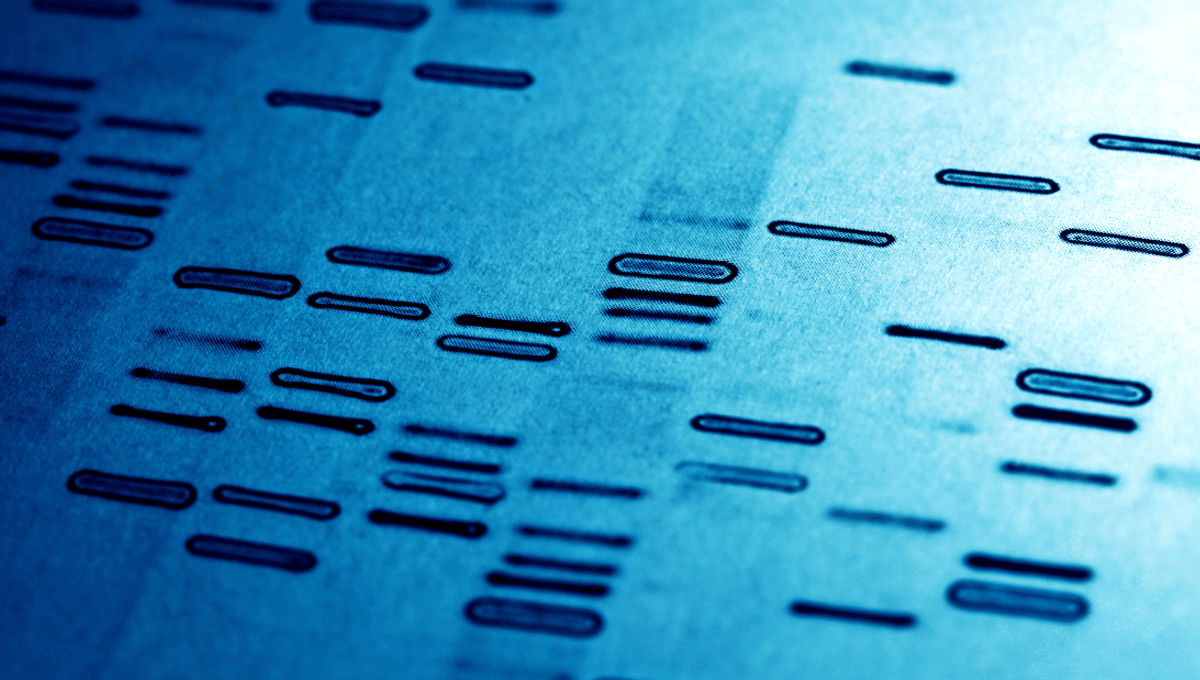
In 1985, a biochemistry scientist was murdered at her home in southern California. It was a horrific crime that would go without prosecution for 14 years. That is, until the very research she had brought to her employer just before her death pinpointed the murderer.
“Without advances in DNA, this murder might have gone unprosecuted. It’s been a long time coming to justice,” The Guardian reports prosecutor Valerie Summers as having said.
Dr Helena Greenwood was a British-born scientist who moved to the United States with her husband in 1977. A Sheffield University graduate, she had completed her doctorate in biochemistry at the University of London and would go on to work in the research laboratories of Syva, a medical diagnostics company, as the couple settled into their new home of Atherton, California.
In 1984, their home was targeted by David Frediani, a violent man who worked as a financial analyst while also carrying out burglaries in wealthy neighborhoods. Frediani broke into Greenwood’s home while she was alone and held her at gunpoint for several hours, during which time he sexually assaulted her before fleeing the scene. Greenwood reported her assault to the police and forensic samples were collected, but the investigation, led by Sergeant Stephen Chaput, was unable to pinpoint a suspect.
“Junk” DNA
After the attack, Greenwood was approached by Gen-Probe, a biotechnology company based in San Diego. It was a small start-up, but one that was leading the charge in revolutionizing the role of DNA. They had been working on a new way to diagnose infectious diseases that used DNA instead of traditional cultures, and Greenwood was part of the team that would get such breakthroughs out in the world.
At this time, a crucial development was unfolding in the labs of the University of Leicester, where geneticist Alex Jeffreys was investigating how “junk” DNA could be used to identify individuals’ genetic material.
“Using the same basic techniques as Helena was helping to employ in the field of medical diagnostics, Jeffreys had found a way of recording the stutters as an x-ray picture that looked similar to a supermarket barcode,” explains Samantha Weinberg in her book, Pointing From The Grave: A True Story Of Murder And DNA. “He believed that each ‘barcode’ might be different for every human.”
“Jeffreys applied for a patent for ‘DNA fingerprinting’ and published an article in Nature in March 1985, detailing the results of his research. In San Diego, Helena read it and marched into a meeting of directors of Gen-Probe, brandishing the journal: ‘This DNA fingerprinting is going to be big,’ she said. ‘I think we should get into it.’”
Fingerprints At The Scene
It was around then that a lead had come through for Chaput, a David Frediani who had been caught for indecent exposure and was being investigated for several break-ins. The investigation requested fingerprints and turned up a match with one of those found in Greenwood’s home.
The technology to definitively identify an individual’s DNA didn’t yet exist, but with enough to go on, a preliminary hearing was held and though Greenwood didn’t recognize her attacker, a trial date was set for September. However, despite the violent nature of the crimes he was accused of, Frediani was let out on bail.
Greenwood never made it to the trial. Shortly before her 36th birthday on August 22, 1985, her body was found in the garden of the Del Mar home she had moved into with her husband. Countless forensic samples were taken, but they didn’t find anything that could connect the crime to its most apparent suspect: David Frediani.
DNA Fingerprinting
Due to lack of evidence that could tie him to the murder, Frediani was sentenced to just six years in prison and got let out after serving three – but that all changed in 1999 when Greenwood’s murder was reopened along with 300 other unsolved cases.
Led by San Diego County sheriff’s homicide detective Laura Heilig, the project’s goal was to see if advancements in the same DNA science Greenwood had promoted in life could shine new light on old crimes.
In 1985, Alec Jeffrey’s DNA fingerprinting first started being used in the courts, initially to settle immigration cases and later in the field of forensics. It helped secure the prosecution of Colin Pitchfork as the murderer of two teenagers, and identify old skeletal remains as likely being those of Josef Mengele, a Nazi doctor at Auschwitz.
The same technique was used to process a crucial piece of evidence that came from Greenwood’s fingernails, where enough genetic material was found to be tested. Sure enough, the DNA fingerprinting she had been so excited about served up Frediani on a plate 14 years after the murder.
According to the San Diego Union Tribune, a forensic scientist testified that there was a one-in-2.3 quadrillion chance that someone other than Frediani had left the genetic material found under Greenwood’s fingernails, and he was swiftly convicted of first-degree murder.
“All these years, Helena pointed from her grave at her murderer,” said Greenwood’s co-worker, Gisela Koestner, “because the evidence was under her fingernails.”
Source Link: In 1985, A DNA Scientist Picked Up The Research That Would Solve Her Murder